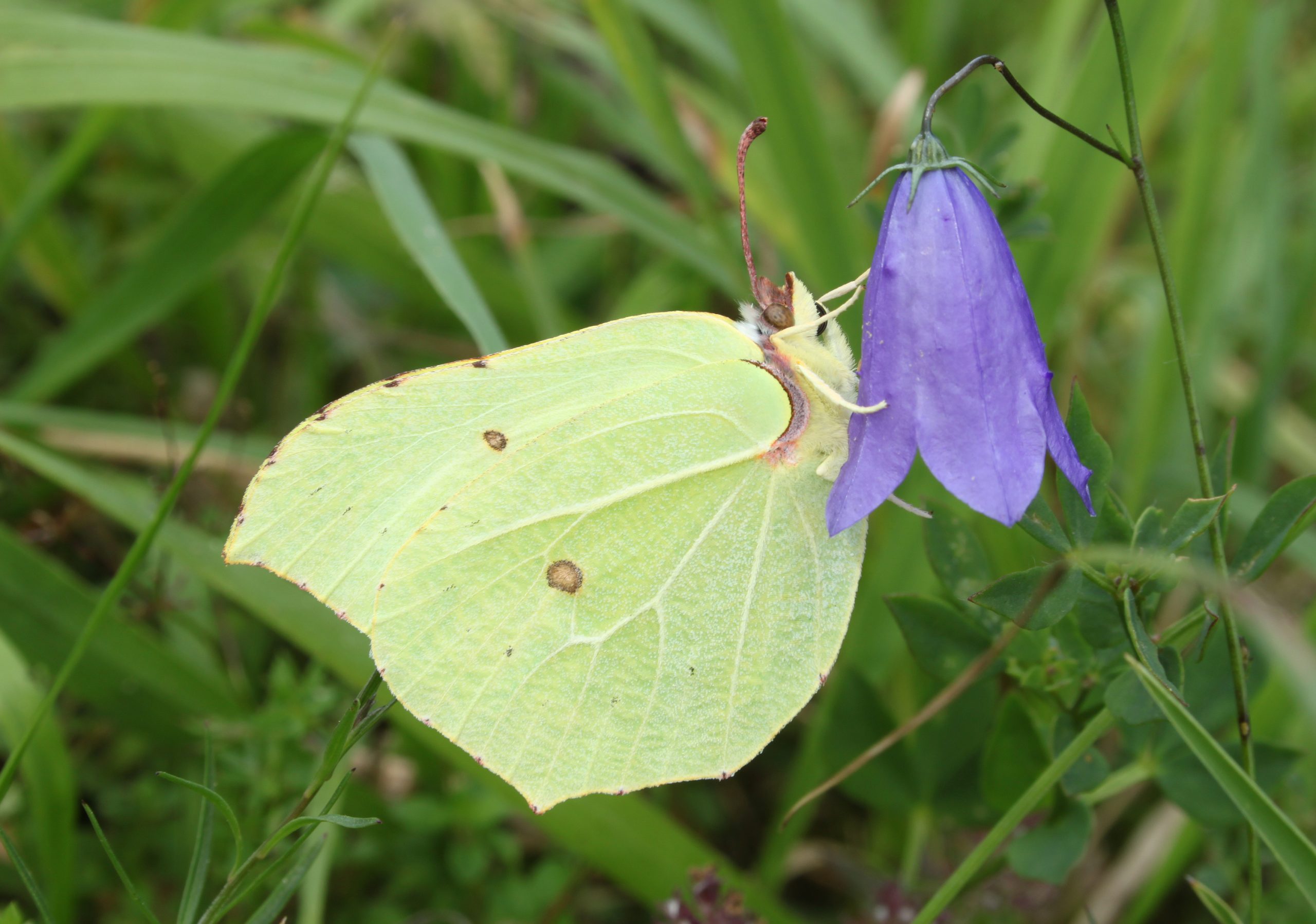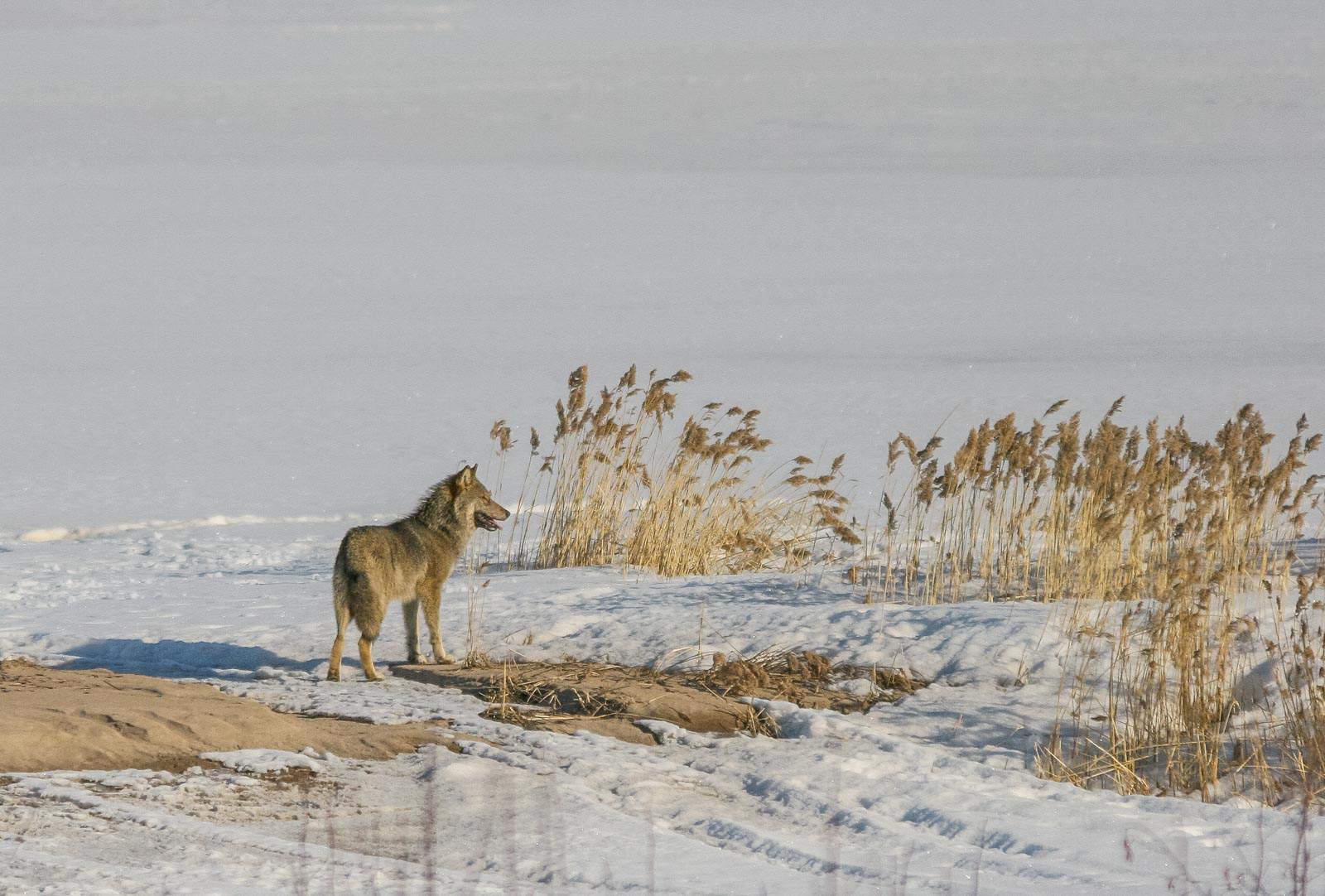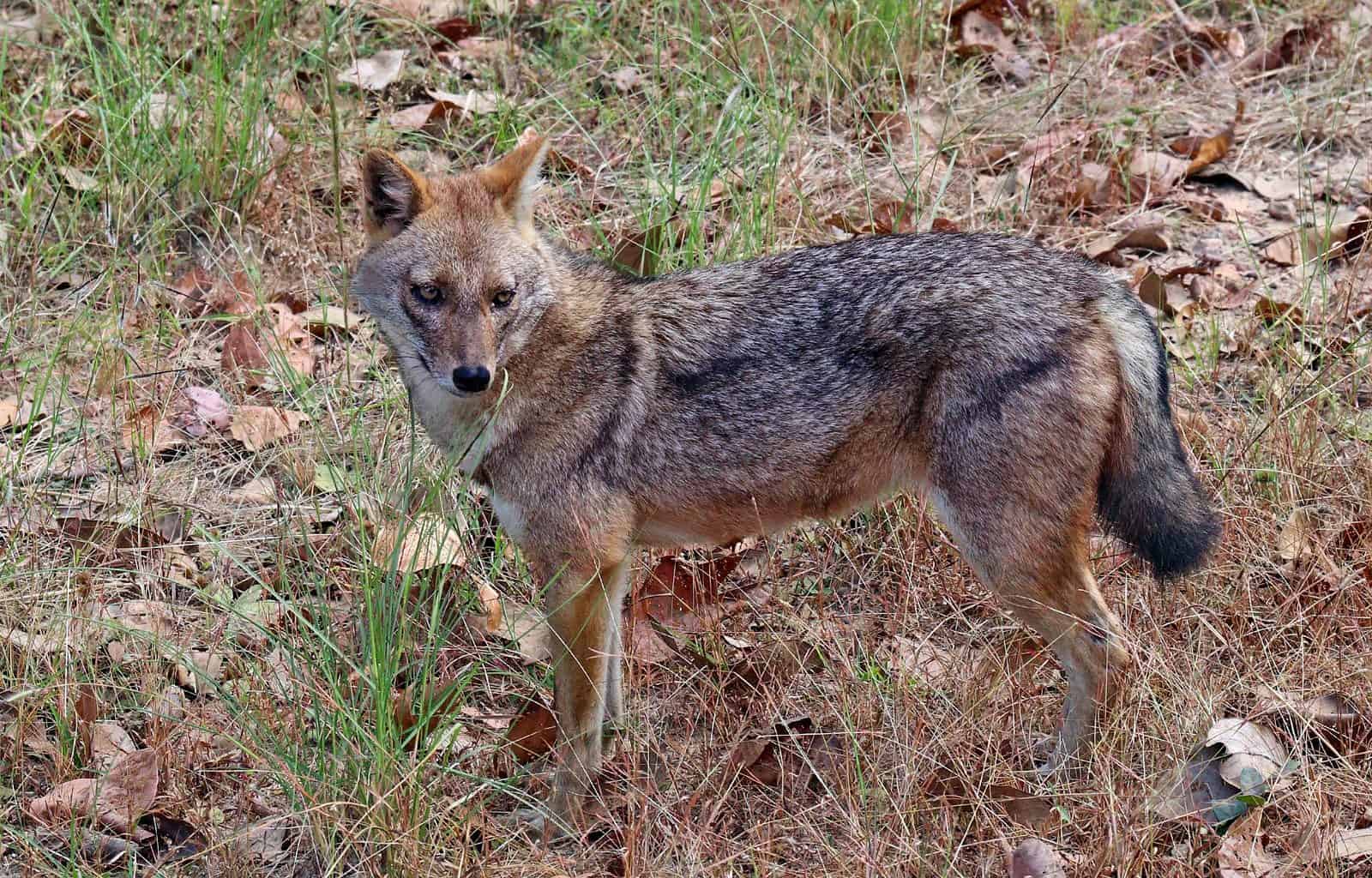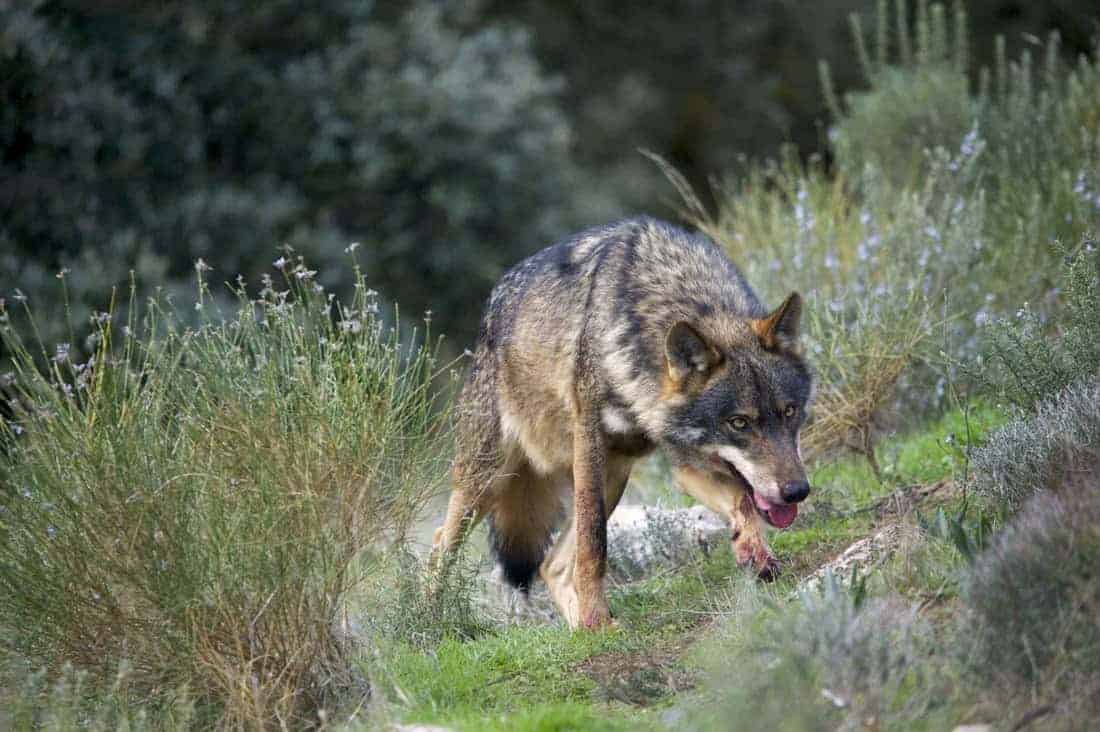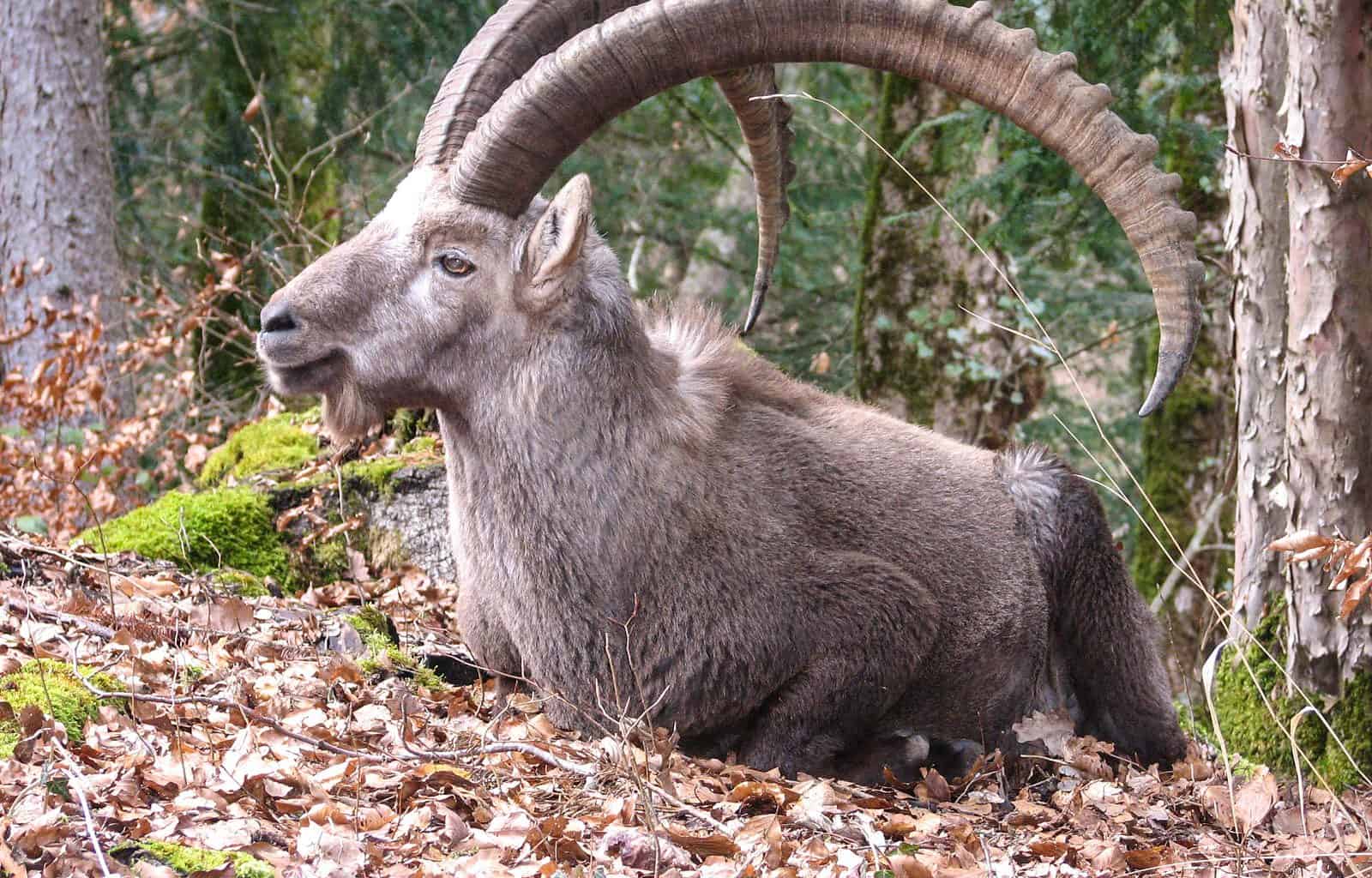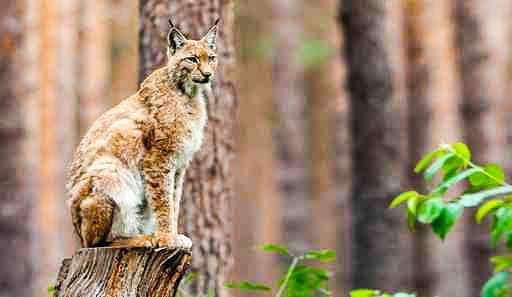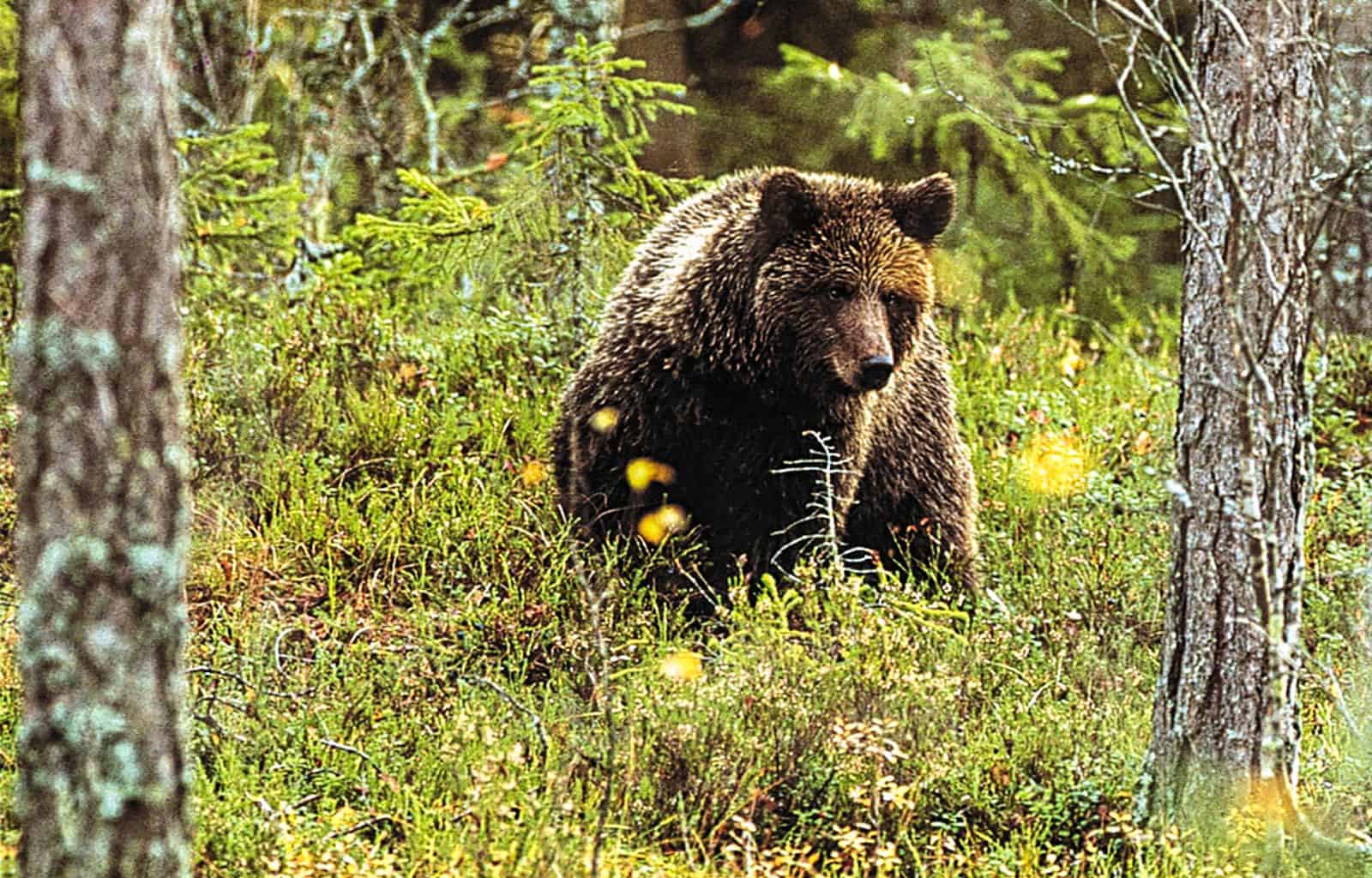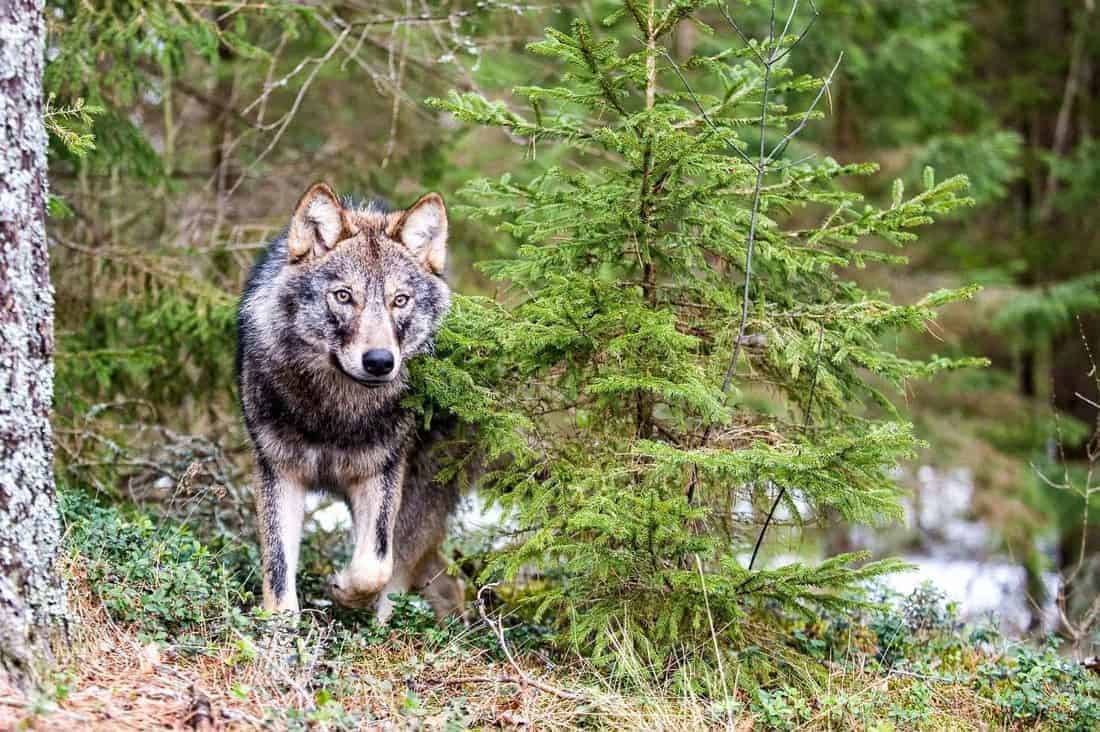Hibernation strategies of butterflies
As the cold time of the year approaches, animals have to prepare themselves for winter and bring themselves in hibernation mode. In the case of butterflies, they have different hibernation strategies.
Strategy one is to hibernate as a pupa. Actually, about 50% of all butterflies use this strategy during the winter. The beautiful swallowtail, for example, hibernates as a pupa attached to plants with a thread. Also the group of Pieridae (e.g. the well-known tree white Aporia crataegi) overwinter as a pupa.
The caterpillar strategy
Strategy two is to hibernate as a caterpillar, which applies to about 44% of butterfly species. The purple emperor (Apatura iris) is one of them. Its caterpillars sit on the tips of willow branches, camouflaged as buds. The group of Lycenidae and the marbled white (Melanargia galathea) also hibernate as caterpillars.
Eggs or butterflies
Only 5% of butterflies pass the winter as eggs, which is hibernation strategy three. Thecla betulae, Callophrys rub and Red Apollo (Parnassius apollo) lay their eggs on parts of plants for overwintering.
Only very few butterfly species, about 1%, use strategy four, the hibernation as butterflies: the peacock butterfly (Inachis io), the small and large tortoiseshell (Aglais urticae, Nymphalis polychloros), the brimstone (Gonepteryx rhamni) and comma butterfly (Polygonia c-album) as well as the mourning cloak (Nymphalis antiopa) hibernate as adult butterflies. Therefore, they look for weather-protected winter quarters in nature (e.g. tree hollows) in autumn. They can also be found in settlement areas where they prefer cool but frost-free buildings such as garages, attics, basements, garden sheds or tool sheds. These guys are therefore the first butterflies in spring that we can see flying around. They look for early bloomers when the first warm rays of sunshine arrive, while the other overwintering forms first have to complete their development into buterflies and accordingly have their main flight time later in the year.
Antifreezer integrated
The brimstone butterfly (Gonepteryx rhamni) has a very special hibernation strategy. It also hibernates as butterfly, but does it without frost-free winter quarters. It even survives degrees down to -20°C in a hibernation, in a kind of rigour, free in the vegetation. It reduces all body functions and energy requirements to a minimum. In addition, this butterfly lowers the freezing point of his body fluids with a kind of integrated “antifreezer”. First, it excretes all the water that it can survive without, and then “antifreezing agents” like sugar alcohols such as glycerin and sorbitol, as well as proteins, ensure that the butterfly does not freeze to death.
Fly away or stay?
Finally, the last hibernation strategy of butterflies, at least in Central Europe, is migration. Red admiral (Vanessa atalanta), painted lady (Vanessa cardui), the African death´s-head hawkmoth (Acherontia atropos), clouded yellow (Colias croceus), hummingbird hawk-moth (Macroglossum stellatarum) and Pale clouded yellow (Colias hyale) fly to warmer areas several thousand kilometers away. They are so-called migratory butterflies. The red admiral comes from Southern Europe in early summer and then produces a successor generation in midsummer. Some of these butterflies then attempt a return migration in autumn. In particularly mild years, these butterflies can be seen well into November. The third generation of the year of the red admiral flies to the east of France and the southern edge of the Alps after refreshing their energy reserves. However, due to climate change, the red admiral and other migratory butterflies are already more often successfully hibernating in Central Europe, especially in the southern regions.

